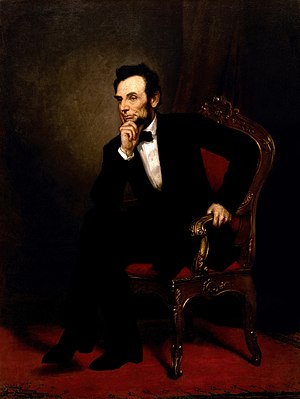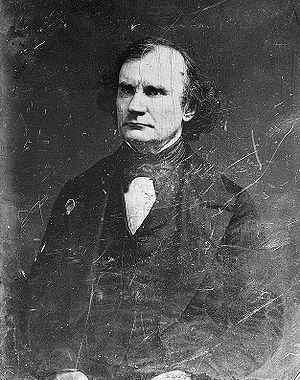 |
| Battle of Wilson's Creek |
The Battle of Wilson's Creek began at 5:30 a.m. when Lyon launched a surprise attack on the Confederate camp. The Confederates were at first surprised, but under the cover of their artillery they were able to form on a ridge known as Bloody Hill. General Price, the Confederate commander, is able to resist a Union attack.
The other Union column, under Sigel’s command was delayed, and they did not attack until after Lyon. They were successful at first as well, but the Confederates rallied, and advanced to repel the attack. Sigel's men, seeing the 3rd Louisiana Infantry advancing toward them, thought they were the 3rd Iowa Infantry, which wore gray as well. At a close distance they fired a volley and charged, destroying Sigel's men and throwing them into rout. They fled, losing four cannon.
 |
| General Lyon |
However, since the Union forces were separated by some distance, Lyon was not aware of this defeat. Price launched three attacks against the Union line, but he was unable to break it, once coming within 20 steps of the Northern troops. Lyon was shot as he was bringing up reinforcements. As Price was preparing for a fourth attack, news was brought to the Northern commander of Sigel's defeat. Knowing they were greatly outnumbered and the assault was already a failure, a retreat was ordered, which was conducted in an orderly fashion. The Confederates, tired from their attacks and losses, did not pursue.
The losses were similar on both sides, 1,200 or 1,300. After the battle Price wished to continue his advance with the Missouri troops, but his allies from the neighboring states refused. So he continued North without them, while they left the state.


















